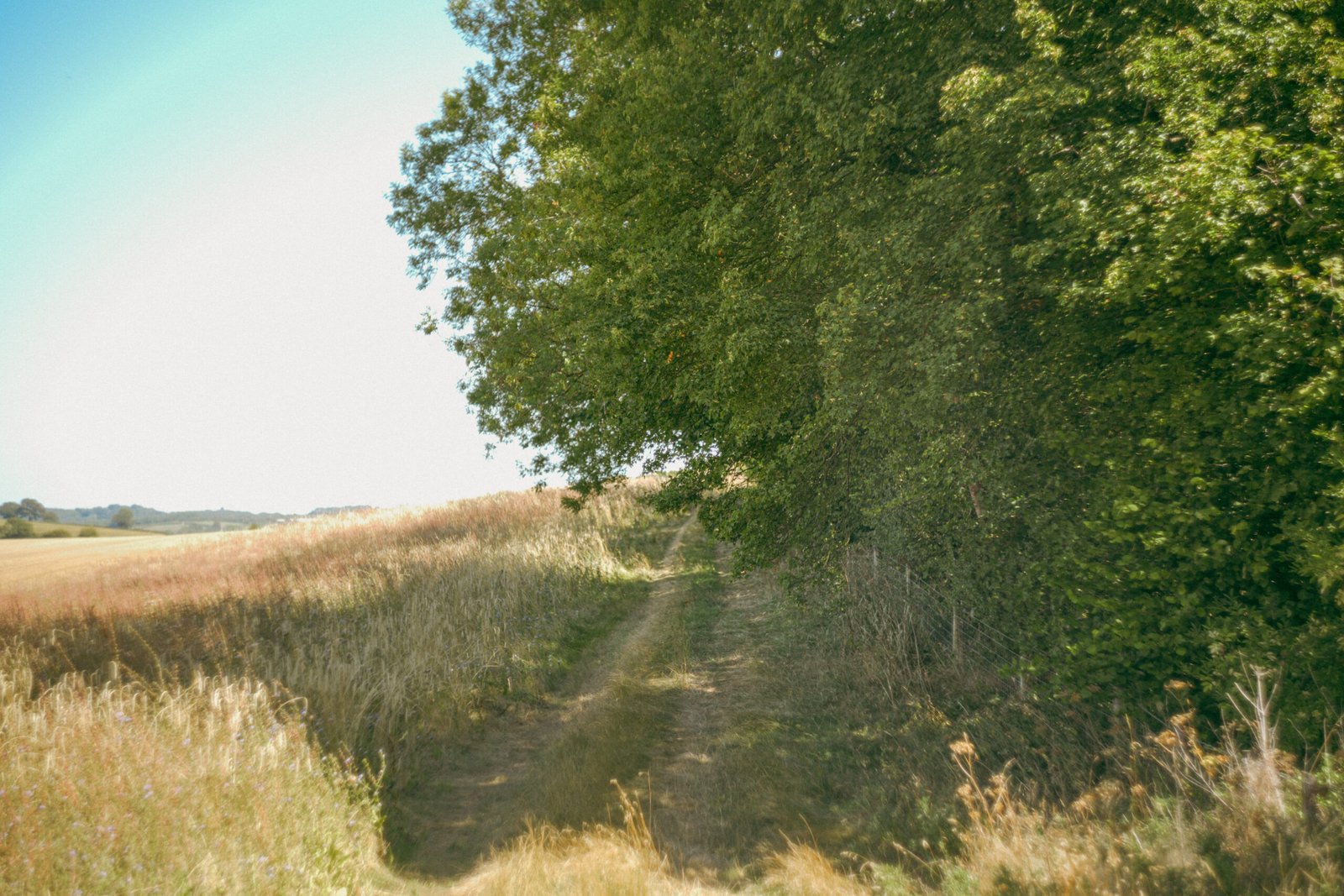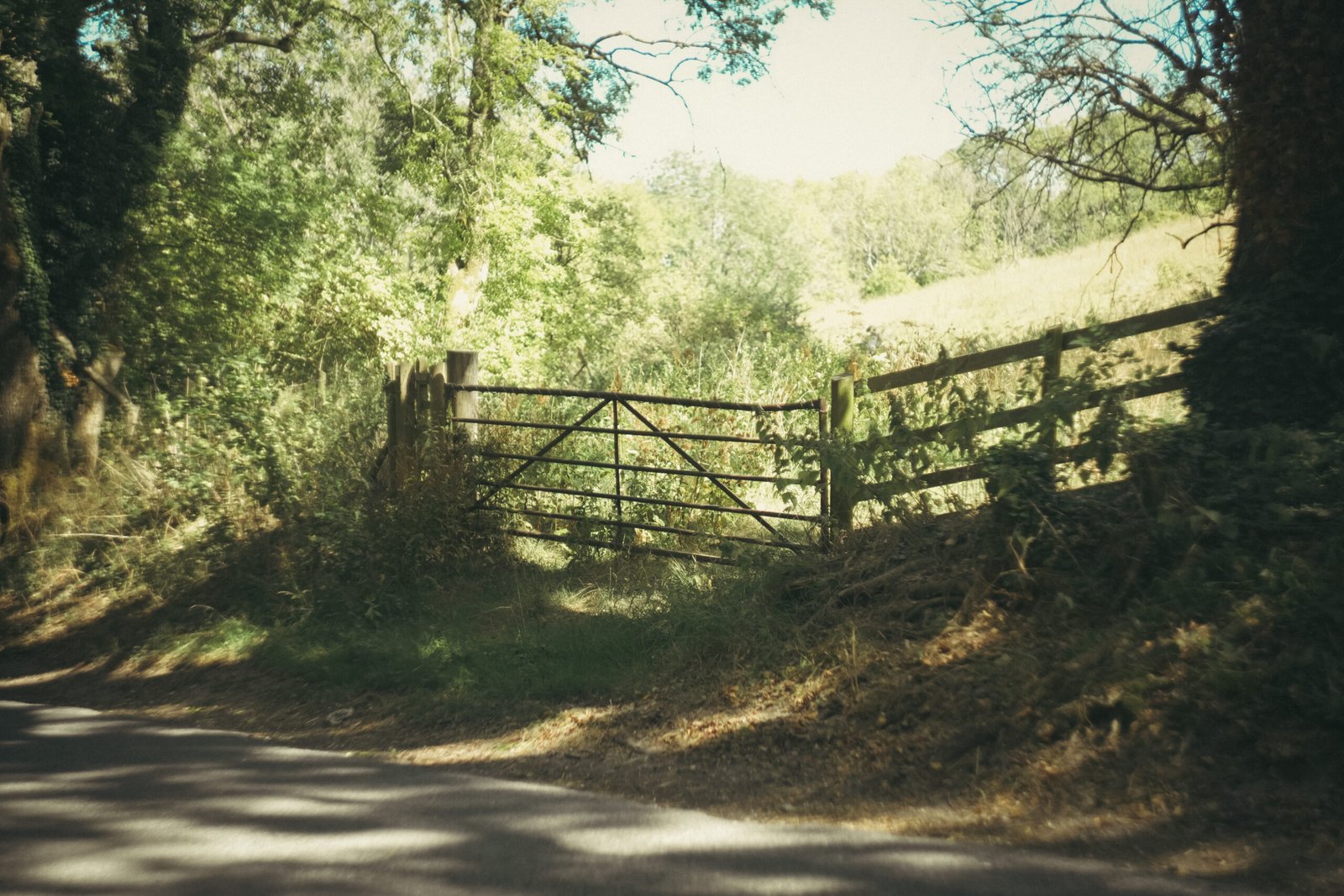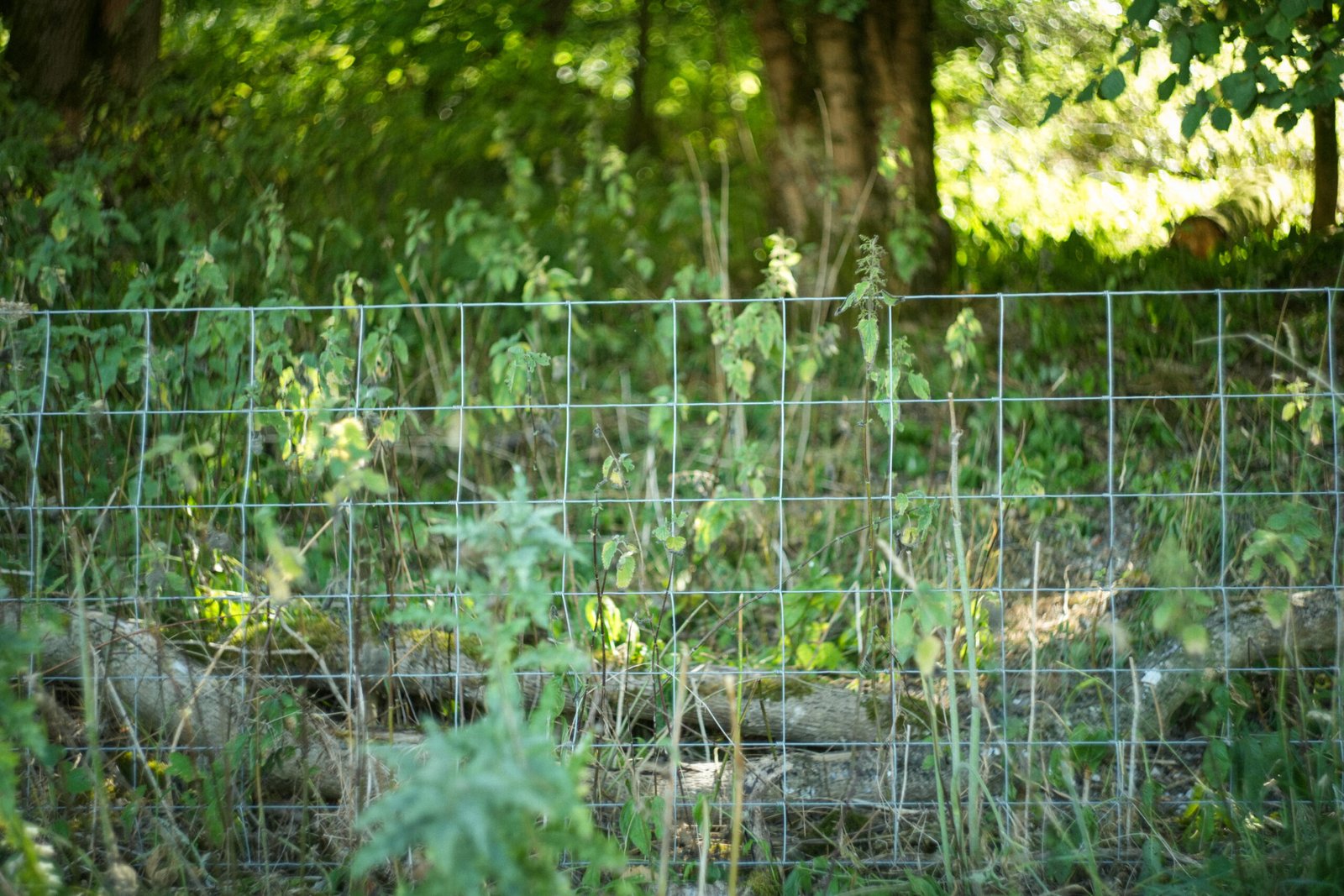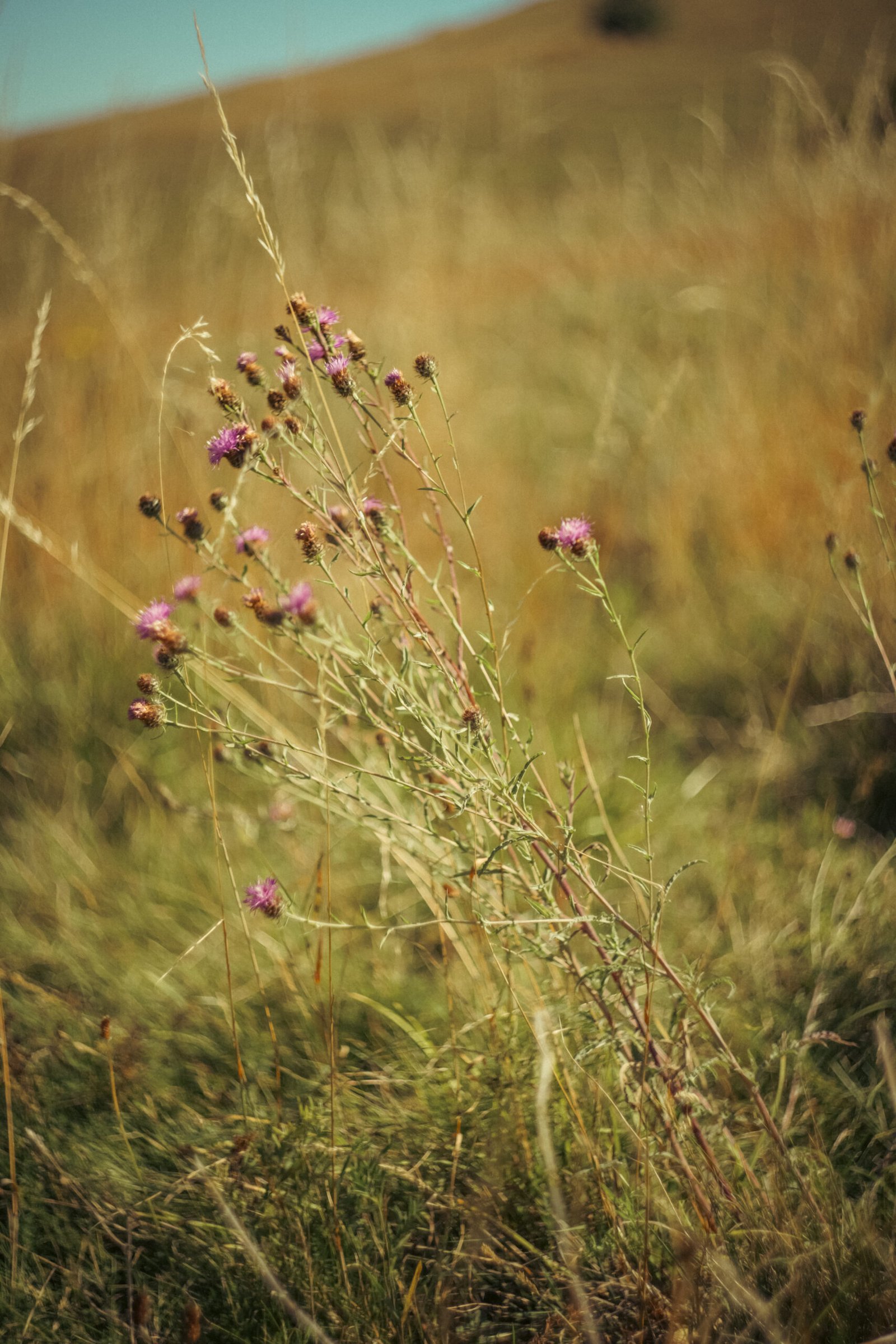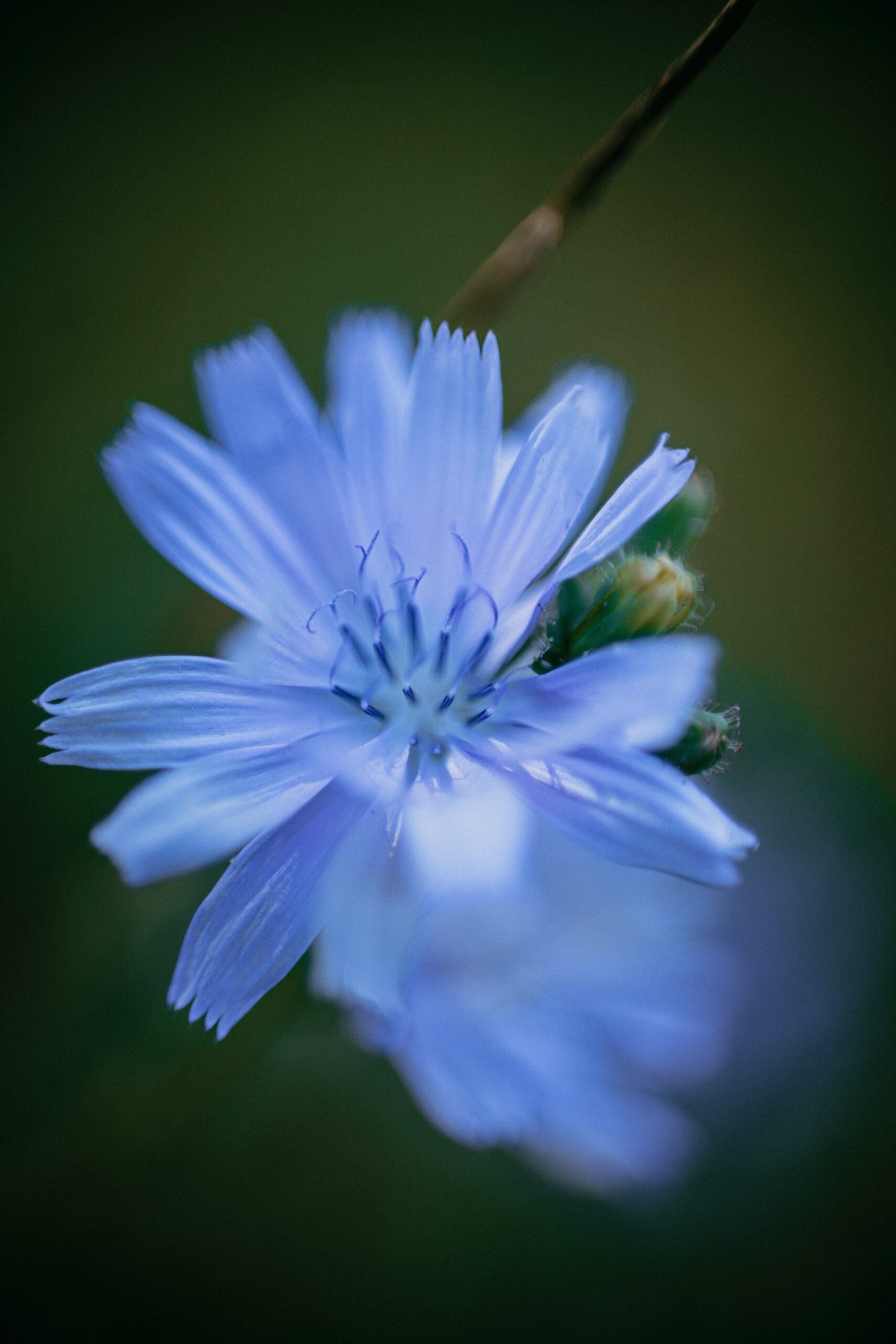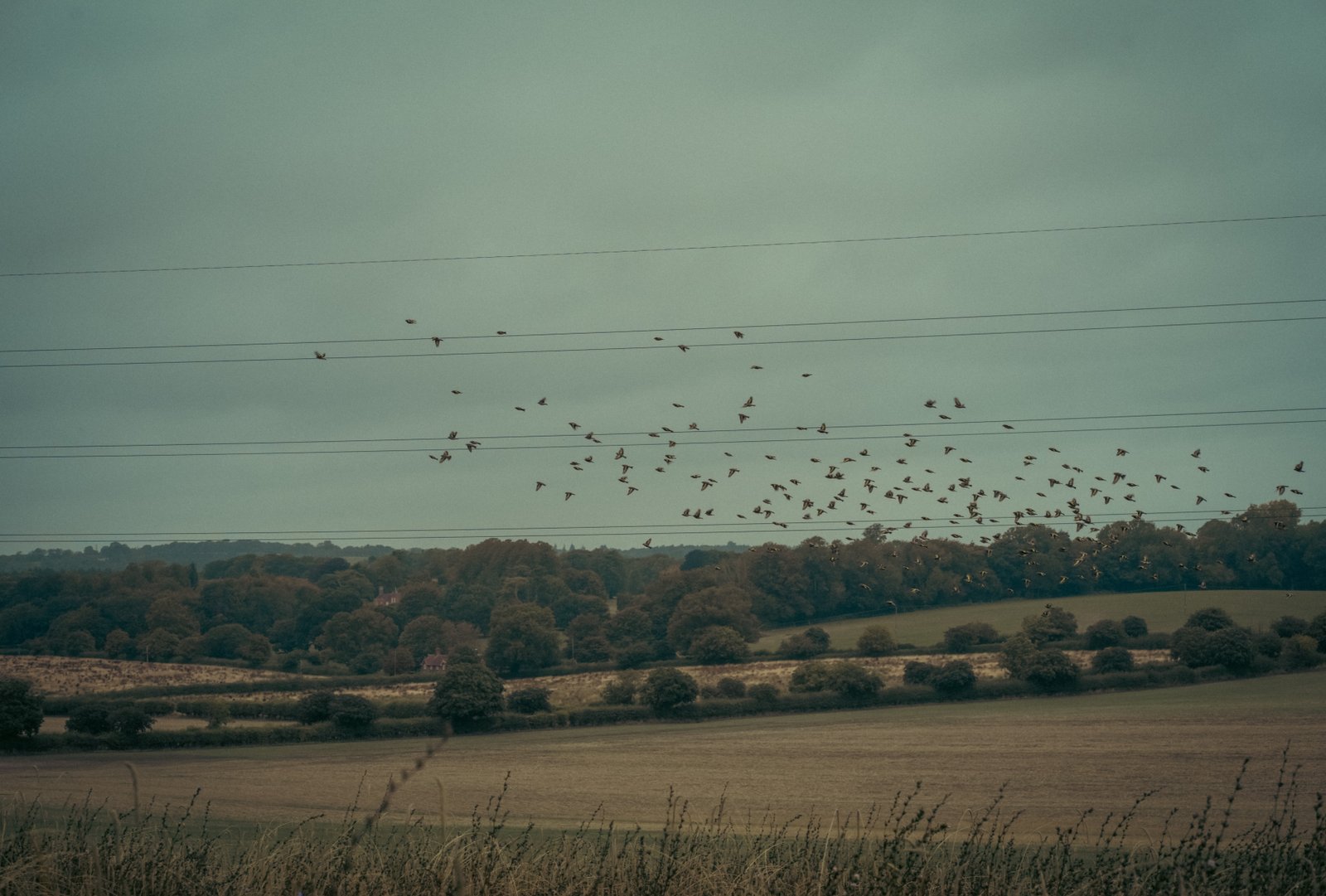On the Real Watership Down
Climbing the Down
Following the rabbits up the northern slope of Watership Down.
What bothered Hazel, Dandelion and Hawkbit was the openness and strangeness of the down and their inability to see very far ahead. They climbed not over but through the sun-red grass, among the awakened insect movement and the light ablaze. The grass undulated about them. They peered over ant-hills and looked cautiously round clumps of teazle. They could not tell how far away the ridge might be. They topped each short slope only to find another above it. To Hazel, it seemed a likely place for a weasel: or the white owl, perhaps, might fly along the escarpment at twilight, looking inwards with its stony eyes, ready to turn a few feet sideways and pick off the shelf anything that moved. Some elil wait for their prey, but the white owl is a seeker and he comes in silence.
As Hazel still went up, the south wind began to blow and the June sunset reddened the sky to the zenith. Hazel, like nearly all wild animals, was unaccustomed to look up at the sky. What he thought of as the sky was the horizon, usually broken by trees and hedges. Now, with his head pointing upwards, he found himself gazing at the ridge, as over the sky-line came the silent, moving, red-tinged cumuli. Their movement was disturbing, unlike that of trees or grass or rabbits. These great masses moved steadily, noiselessly and always in the same direction. They were not of his world.
Chapter Eighteen—Watership Down
The treeline dividing the ‘great field’ from the immense slope of Watership Down. August 2025.
Chapter Eighteen, Watership Down, starts with with the Sandleford rabbits ‘crouching under the low branches of two or three spindle-trees’ where the ‘great field’ meets the northern escarpment of the Down. In the novel Hazel, Hawkbit and Dandelion cautiously nose their way uphill on a scouting mission, whilst the film reinterprets the scene as an expectant gallop to the top by the whole group. Now, who wouldn’t want to experience that climb themselves?
I set myself the challenge but first I wanted to try and locate the ‘short length of old, overgrown ditch’ at the base of the hill which Hazel identified as good cover in Chapter Nineteen, Fear in the Dark, and later utilised after being shot in Chapter Twenty Eight, At the Foot of the Hill. For all of my walking along the the treeline beyond the pylon in line with the lane to Nuthanger Farm, I simply could not find it and I imagine it was filled in, just as many ditches were in the second half of the twentieth century. What I did find though was a long stretch of wire fence that would almost certainly have prevented both the rabbits and me from climbing the hill. Ah.
The pedestrian and field gates. The former overgrown with nettles, the latter topped with barbed wire.
As an alternative, I followed the lane up the western slope and went through a small wooden gate next to a larger field gate. Nobody had passed through in a while given the clump of small nettles I had to fight through. A few metres on and I could understand why. Adams wasn’t joking when he wrote, ‘Three hundred feet the down rose vertically in a stretch of no more than six hundred—a precipitous wall, from the thin belt of trees at the foot to the ridge where the steep flattened out.’ It is quite claustrophobic to be stood just above that treeline, now fairly thick at its western end, and staring up at that ridiculous gradient. It must have been terrifying for Hazel and his two companions with such poor visibility of the land above them.
Not only is the scarp face steep, it can also challenging underfoot. In a few small places the thin soil had worn away, leaving bare traces of white chalk dust and stones.
Twenty or so metres in to my climb I was already regretting it having slipped over and been extremely fortunate not to smash my camera. Despite having lived on the side of a steep hill in the past, this scarp was something else for an unathletic middle-aged person. I decided to turn back, putting my camera and calf-muscles ahead of any personal satisfaction I would have gained from the climb. Then, back at the roadside, I remembered that the film’s chunky little Pipkin had managed the climb yet, somehow, I hadn’t.
